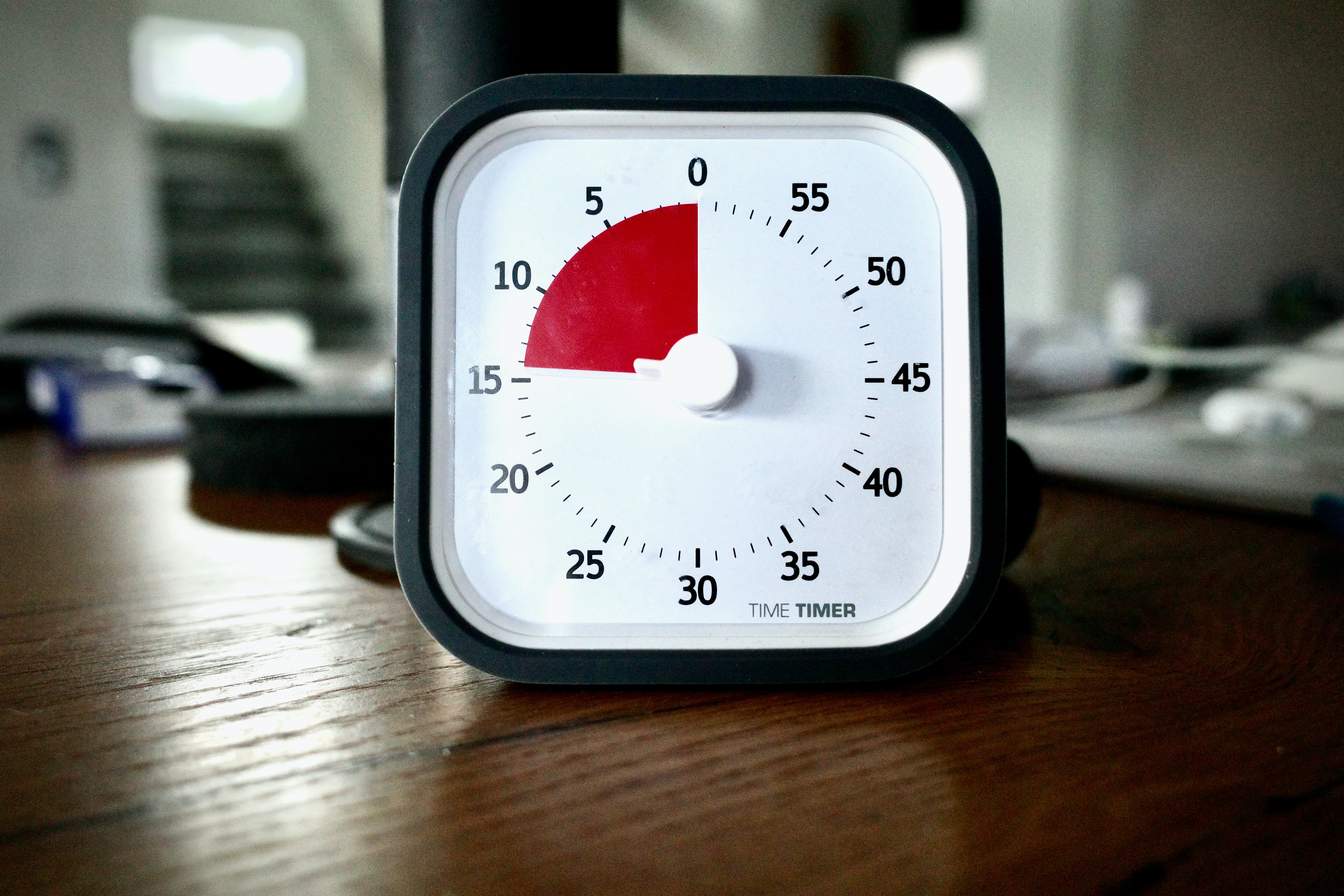
What is the Pomodoro method?
Created by Francesco Cirillo in the late 1980s, the Pomodoro method gets its name from tomato-shaped kitchen timers. (Pomodoro is the Italian word for tomato!) It involves working in intervals followed by shorter breaks and then a much longer break after 4 sessions of work. All you have to do is pick a task to focus on, set a timer for 25 minutes, work on it till your timer goes off and then take a 5-minute break. This makes one pomodoro session. After 4 sessions, take a 20-minute break.

What you can use it for
While it is commonly employed by students when revising for tests and examinations or when completing their homework, the Pomodoro method can be used for almost any task! If you are trying to finish a book or simply trying to form a habit of reading but struggle to read for long periods of time, you can use the Pomodoro method to break up your sessions. You can even use it to do your household chores!

Why it works
The 25-minute block is long enough to get at least a little work done and short enough to prevent you from feeling too daunted to get started on your task. The short interval also forces you to break your task down into smaller pieces which will make it easier to approach and tackle. The 5 minute breaks allow you to take a breather without losing the motivation to continue on with your next Pomodoro session.

How to get the most use out of your Pomodoro sessions
Firstly, define your task clearly. Being specific will give you a more straightforward way to begin working on it. For example, instead of defining your task as “Start writing essay” you could say “Write essay introduction” or “Outline essay”. Secondly, keep your timer visible. Being able to see the time go by should give you a sense of urgency, keep your attention on the task and prevent you from pursuing any distractions. Thirdly, avoid going on social media during your 5-minute break, this might compel you to extend your break and put off your next session! Go for a walk or have a drink instead. Lastly, adjust the 25-minute intervals to your liking. If you find yourself gaining momentum and wanting to continue working past 25 minutes, go ahead and work for longer blocks of time. Good luck!